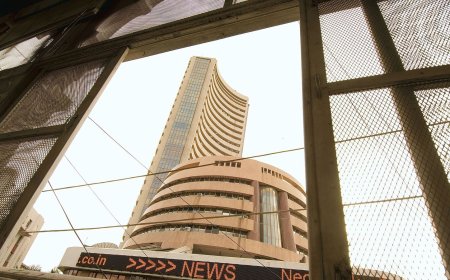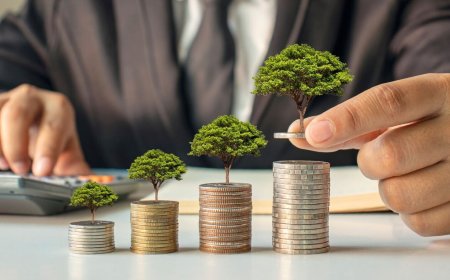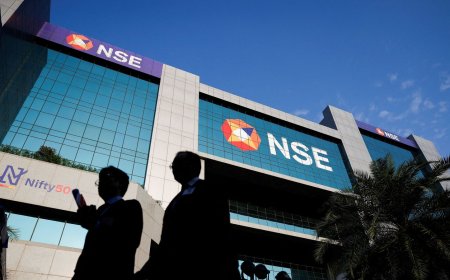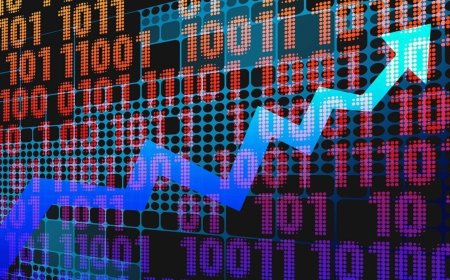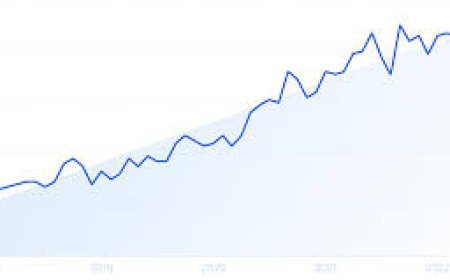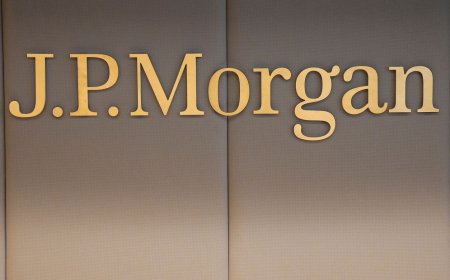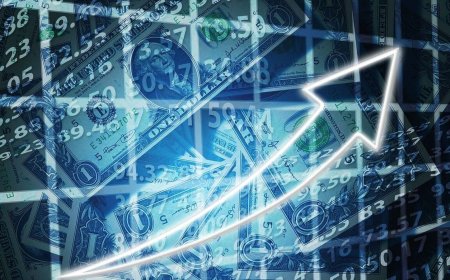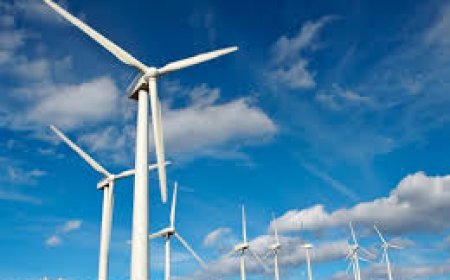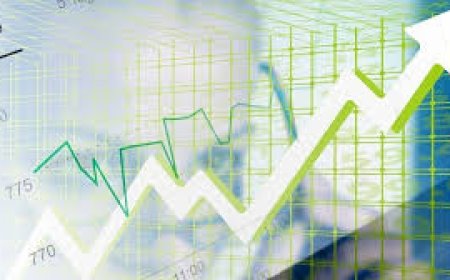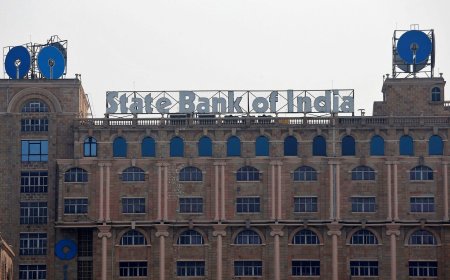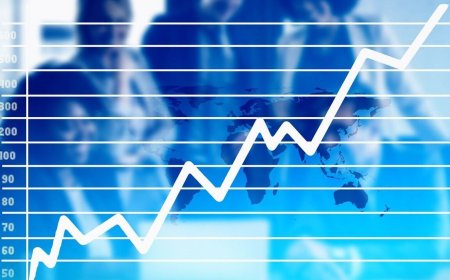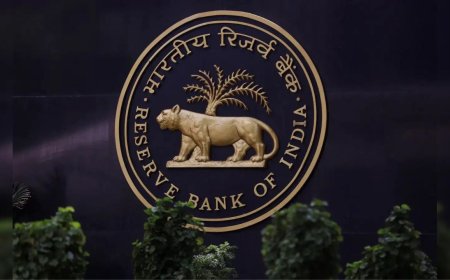Why China is paying people to upgrade phones, cars, and appliances
Discover how and why China is offering subsidies to consumers for upgrading smartphones, EVs, and home appliances to boost demand and economic recovery.

In a bold effort to revive domestic consumption and stabilize its faltering economy, China has launched a state-backed initiative offering subsidies and incentives for citizens to upgrade everything from smartphones and electric vehicles to washing machines and air conditioners. The government’s unusual move — essentially paying people to replace old consumer goods — reflects Beijing’s growing urgency to stimulate demand amid a real estate downturn, deflationary pressure, and weak consumer sentiment.
The Policy: Subsidies for Upgrades
Under this scheme, unveiled in early 2024 and expanded through mid-2025, the Chinese government has pledged billions of yuan in subsidies to incentivize consumers to replace old durable goods with newer, more energy-efficient alternatives. Consumers receive partial reimbursements or discounts when trading in outdated products for newer models, particularly those aligned with green energy and digital infrastructure goals.
The initiative primarily targets three sectors:
-
Consumer Electronics: Smartphones and home appliances
-
Automobiles: Especially new energy vehicles (NEVs) such as electric and hybrid cars
-
Green Appliances: Energy-efficient air conditioners, refrigerators, and heaters
The program is part of a broader policy push called the “Trade-in for Upgrades” campaign, designed to boost high-quality consumption and accelerate China’s transformation into a more consumption-driven economy.
Economic Headwinds Driving the Policy
Several structural and cyclical challenges are behind this aggressive stimulus measure:
-
Sluggish Consumer Spending: Despite the end of COVID-related lockdowns, consumer confidence in China remains stubbornly low. Retail sales growth has lagged behind expectations, and high youth unemployment — over 14% in urban areas — has dampened discretionary spending.
-
Real Estate Drag: The property market, which once contributed over a quarter of GDP, is experiencing prolonged weakness, hurting both consumer wealth and broader investment.
-
Deflation Concerns: Unlike much of the world grappling with inflation, China has faced deflationary risks. In 2024, core inflation hovered close to zero, prompting fears of a demand-side stagnation spiral.
-
Industrial Overcapacity: With factories still churning out goods despite weak demand, there’s an urgent need to boost consumption to match production levels.
Analyst Commentary
“China is essentially betting that incentivizing consumption will achieve a dual objective: boosting GDP in the short term and accelerating the transition to a greener, more tech-enabled economy,” said Zhiwei Zhang, Chief Economist at Pinpoint Asset Management. “It’s a policy mix that combines macro stimulus with industrial policy.”
Alicia García-Herrero, Senior Asia-Pacific Economist at Natixis, added, “The upgrade subsidies are a substitute for a broader stimulus package, which China has been reluctant to deliver. This is a targeted way to juice domestic demand without unleashing inflationary risks.”
How the Program Works
Consumers can access subsidies through local governments, participating retailers, or via e-commerce platforms. For instance:
-
Trade-in of a smartphone more than three years old might fetch a ¥300–¥500 rebate on a new 5G model.
-
Purchasing a new EV, while scrapping an older gasoline-powered vehicle, could unlock incentives up to ¥10,000, depending on region and model.
-
Appliances with low energy efficiency ratings are eligible for subsidized upgrades to greener models, reducing both carbon footprint and electricity bills.
Several major retailers and automakers, including JD.com, Haier, and BYD, have joined the scheme with their own complementary discounts and promotions.
Early Response from Consumers
Initial uptake has been encouraging in urban centers. According to data from China’s Ministry of Commerce, over 5 million appliances and 1.2 million vehicles were upgraded in the first half of 2025 under the scheme.
Shenzhen resident Li Ming, who traded in her 2016 gasoline-powered sedan for a BYD EV, shared: “The government subsidy made it worth the switch. Plus, I pay less for fuel and maintenance now.”
However, adoption in rural areas remains slower, partly due to weaker incomes and less awareness of the program.
Market Context: Who Stands to Gain
Investors are closely watching this consumption stimulus play out across several sectors:
-
Consumer Electronics: Firms like Apple, Xiaomi, and Huawei could see stronger sales as 5G penetration deepens.
-
Appliance Makers: Haier Smart Home, Midea Group, and Gree Electric are poised to benefit from increased turnover in the white goods market.
-
EV Manufacturers: The biggest winners might be Chinese EV firms such as BYD, Nio, and XPeng, which are already capitalizing on favorable policy tailwinds.
The CSI Consumer Staples Index has risen 6.5% since the start of Q2 2025, reflecting improved sentiment among investors.
Investor Outlook
Analysts caution that while the subsidies may offer a short-term consumption bump, structural headwinds remain.
“Unless the government also addresses deeper issues like household income insecurity and the property slump, these measures may yield only temporary relief,” warned Yunfeng Wu, a senior strategist at CICC.
Still, for investors, the targeted nature of the stimulus presents actionable opportunities.
“We expect a cyclical upturn in select consumer and green tech stocks over the next two quarters,” said Melissa Wang, a portfolio manager at Harvest Fund Management. “Investors should look for companies with strong brand equity and integrated supply chains.”
China’s strategy of paying citizens to upgrade phones, cars, and appliances is a novel mix of stimulus and industrial policy. It aims to reignite consumer confidence, support key sectors, and speed up the country’s digital and green transition. While not a panacea for China’s broader economic woes, the initiative reflects Beijing’s pragmatic shift toward quality consumption and away from over-reliance on exports and real estate.
As the global economy watches closely, the success of this campaign could serve as a model for other countries seeking to combine sustainability with economic recovery.
What's Your Reaction?
 Like
0
Like
0
 Dislike
0
Dislike
0
 Love
0
Love
0
 Funny
0
Funny
0
 Angry
0
Angry
0
 Sad
0
Sad
0
 Wow
0
Wow
0



